You want the best for your agile team, but finding effective tools to review and rework processes can be a challenge. Did you know that utilizing retrospective tools can enhance project management and drive better results?
This article will walk you through the top 10 retrospective tools, detailing their unique features and how they can revolutionize your workflow.
Key Takeaways
- Retrospective tools are important for agile teams to review and improve their processes.
- When choosing a retrospective tool, consider factors like a user-friendly interface, customization options, integration with other tools, and collaboration features.
- The top 10 retrospective tools include ClickUp, Reetro, ScatterSpoke, Neatro, Parabol, goReflect, EasyRetro,
Why Retrospectives are Important in Agile
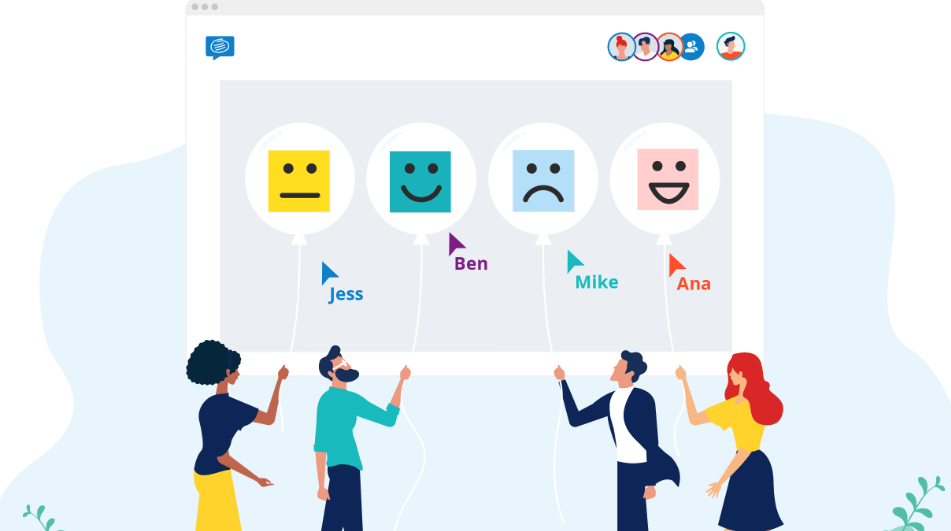
Retrospectives play a key role in agile. They help teams to check how they are doing. They see what is working well and make it even better. Also, they find out what’s not going so good and fix it.
This means the team keeps getting better over time.
Agile retrospectives give every team member a voice. All ideas from the team can be shared and heard without fear at these meetings. It helps to boost trust within the team which can lead to more success on projects in future.
What to Look for in a Retrospective Tool
When choosing a retrospective tool, it is important to consider factors such as user-friendly interface, customization options, integration with other tools, and collaboration features.
User-friendly interface
A user-friendly interface is a must for any retrospective tool. These tools need to be simple and easy to use. If the design is clear, team members can find what they need quickly.
They will not waste time trying to figure out how the tool works.
Buttons should stand out and labels have to make sense. Everyone should know what each function does without needing help. This makes using retrospective tools faster and more efficient.
For example, EasyRetro uses bright colors and large fonts which helps users see things better. ClickUp has a clean layout that lets you find everything fast.
Customization options
Good retrospective tools let you make changes to fit your needs. You might need themed boards or unique feedback methods. Maybe you want color coding for different tasks. Customization options in retrospective tools can help with all of these.
Tools like ClickUp and EasyRetro are known for letting users make many changes. This means teams can use the tool in a way that makes sense to them. They can focus on their work, not trying to figure out how the tool works.
Integration with other tools
Retrospective tools that can integrate with other tools can be incredibly useful for agile teams and project management. These integrations allow for a seamless flow of information between different software and platforms, making it easier to track progress, manage tasks, and collaborate effectively.
For example, some retrospective tools offer integration with popular project management tools like Jira, allowing users to directly import data from their projects into the retrospective tool.
Other tools may integrate with communication platforms like Slack or Microsoft Teams, enabling team members to stay connected and share insights in real-time. These integrations not only save time but also ensure that all relevant information is easily accessible in one place, improving efficiency and streamlining the retrospective process.
Collaboration features
Collaboration features are an important aspect to consider when choosing a retrospective tool. These features enable team members to work together effectively, regardless of their location or time zone.
With collaboration features, teams can easily communicate and share ideas during the retrospective process. They can leave comments, provide feedback, and collaborate in real-time on improvement actions.
Some tools even offer integration with popular communication platforms like Slack or Microsoft Teams, making it easier for teams to stay connected. Collaboration features promote teamwork and help ensure that everyone’s input is considered in the review and rework processes.
Top 10 Retrospective Tools to Try
Here are the top 10 retrospective tools that you should try for better reviewing and reworking processes: ClickUp, Reetro, ScatterSpoke, Neatro, Parabol, goReflect, EasyRetro, TeamMood, RetroTool, and Sprint Boards.
ClickUp
ClickUp is one of the top retrospective tools to consider. It offers a user-friendly interface and customization options, allowing teams to tailor their retrospectives to fit their specific needs.
ClickUp also integrates with other tools, making it convenient for teams already using project management software like Jira. With collaboration features, team members can easily communicate and work together during retrospectives.
ClickUp is a great choice for distributed teams, as it offers online capabilities that allow everyone to participate regardless of their location.
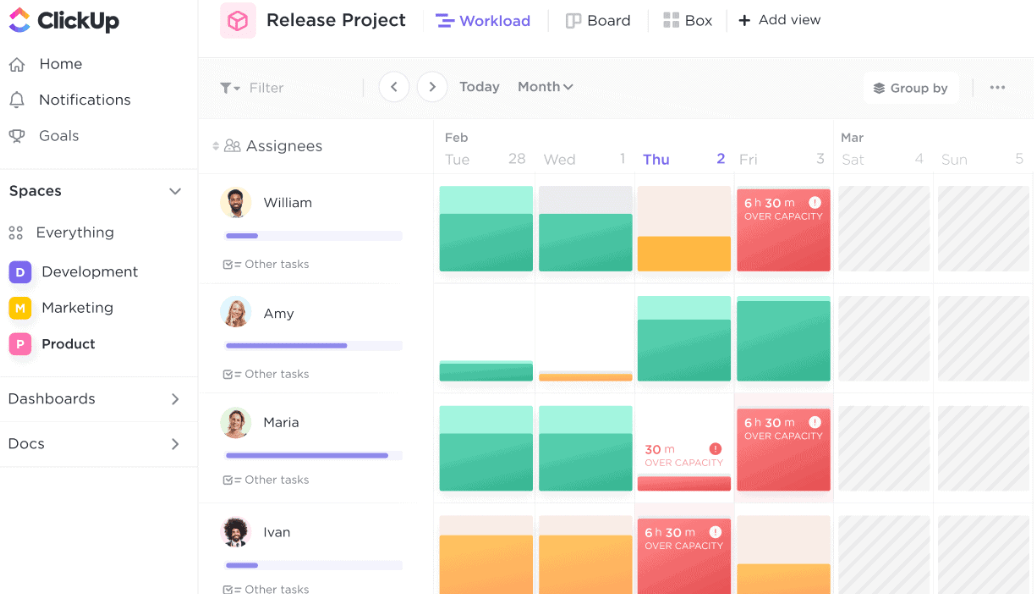
Reetro
Reetro is an agile retrospective tool that helps teams review and improve their processes. It offers a user-friendly interface, making it easy for everyone to participate in the retrospectives.
With Reetro, you can customize your retrospective according to your team’s needs and preferences. It also integrates with other tools like Jira, allowing for seamless collaboration.
Reetro is perfect for distributed teams as it provides online access and enables remote retrospectives. So if you’re looking for a fun and engaging tool to enhance your team’s process improvement, give Reetro a try!
ScatterSpoke
ScatterSpoke is a popular retrospective tool that helps teams review and improve their processes. It offers an easy-to-use interface, making it simple for anyone to participate in retrospectives.
With ScatterSpoke, teams can customize their retrospective templates to fit their specific needs. The tool also integrates with other project management tools like Jira, allowing for seamless collaboration between team members.
ScatterSpoke is especially beneficial for distributed teams as it enables remote participants to contribute to the retrospective process. Its features make it an excellent choice for agile teams looking to optimize their workflows and continuously improve their projects.
Neatro
Neatro is one of the top 10 retrospective tools to try. It offers an easy and user-friendly interface, making it ideal for agile teams and software developers. With Neatro, you can customize your retrospective process according to your specific needs and preferences.
This tool also integrates well with other project management tools, allowing for seamless collaboration and efficient workflow analysis. Whether you are a Scrum Master or part of a distributed team, Neatro provides the platform for conducting engaging retrospectives that lead to process improvement.
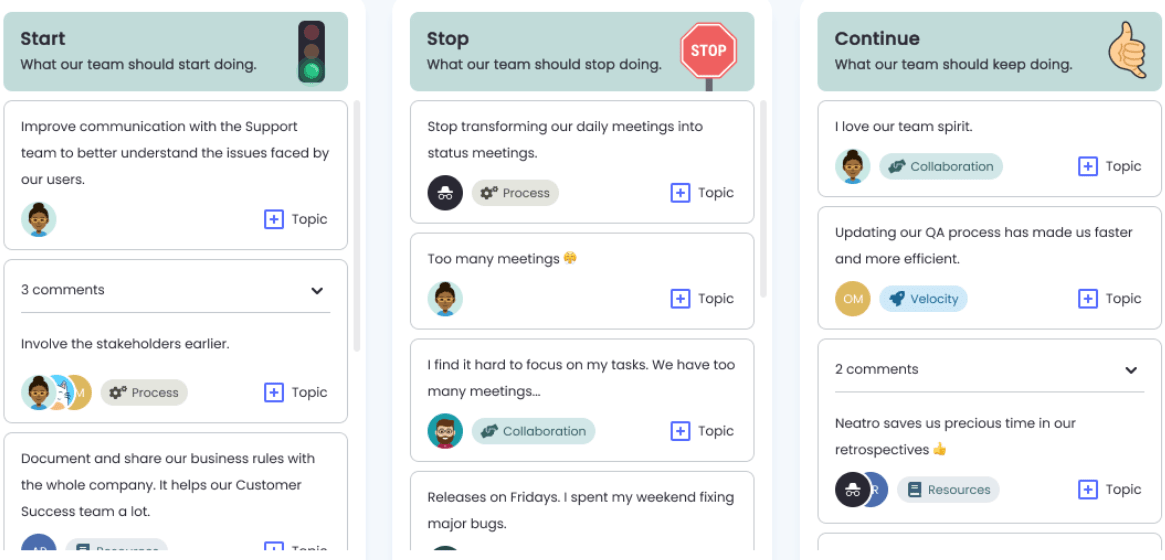
Parabol
Parabol is one of the top retrospective tools to consider. It offers a user-friendly interface and customizable options, making it easy for teams to review and rework their processes.
With integration capabilities with other tools, such as Jira, Parabol allows seamless collaboration among team members. This tool is particularly useful for distributed teams, as it provides remote retrospective functionalities.
Parabol helps agile teams improve their workflow analysis and continuous improvement efforts by providing a platform for efficient process optimization.
goReflect
goReflect is one of the top 10 retrospective tools. It provides constant process review, making it a valuable asset for agile teams. With goReflect, project management and software development become more efficient.
The tool offers features like user-friendly interface, customization options, integration with other tools, and collaboration features. What sets goReflect apart is its ability to enhance team synergy through distributed team retrospective capabilities.
It is an online solution that can be used by remote teams as well.
EasyRetro
EasyRetro is one of the top retrospective tools. It is a free tool that offers a fun and engaging way for distributed Scrum teams to conduct retrospectives. With EasyRetro, teams can easily collaborate and improve their processes without any hassle.
This tool also provides customization options, allowing users to tailor their retrospectives according to their specific needs. Its user-friendly interface makes it easy for even non-technical team members to participate actively.
EasyRetro is known for its simplicity and effectiveness in helping agile teams identify areas of improvement and drive continuous improvement initiatives.
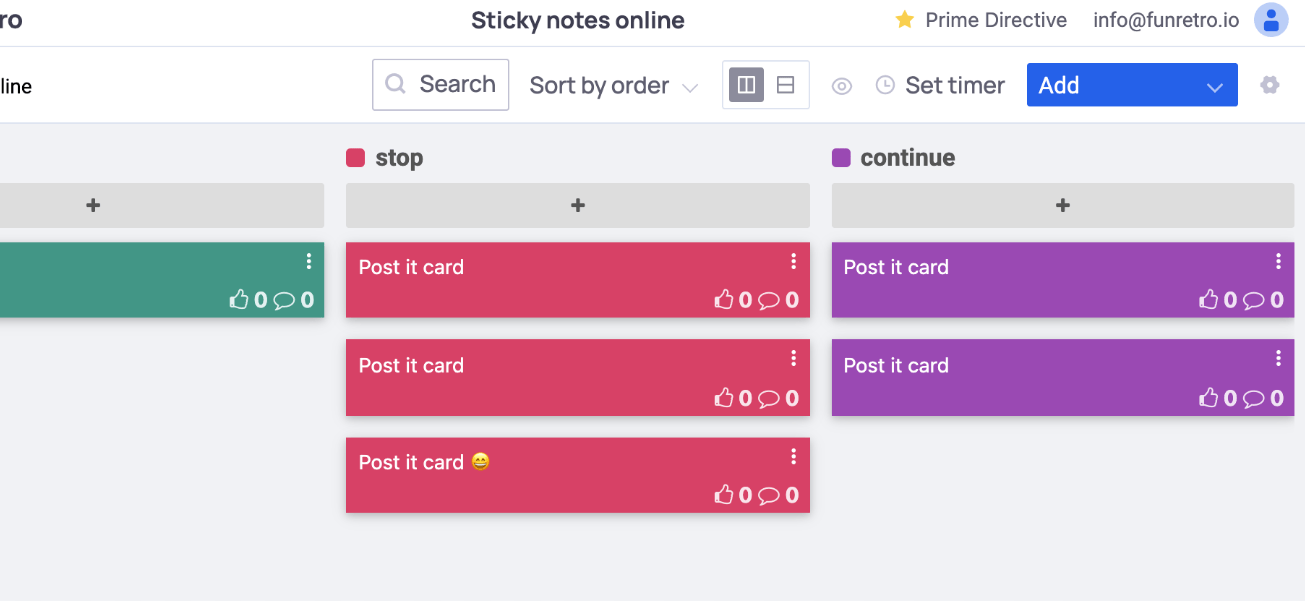
TeamMood
TeamMood is a great retrospective tool for technology teams. It allows teams to gauge the overall mood and satisfaction of team members, helping identify any issues that need attention.
With its user-friendly interface, TeamMood makes it easy for everyone to provide feedback on how they feel about their work environment or projects. It also offers customization options, allowing teams to tailor the tool to their specific needs.
Integration with other tools is possible, enhancing collaboration and making it seamless to incorporate TeamMood into existing workflows. Overall, TeamMood is a valuable tool for tracking team morale and improving teamwork in technology projects.
RetroTool
RetroTool is one of the top 10 retrospective tools. It offers a user-friendly interface and customization options that make it easy for agile teams to review and rework their processes.
RetroTool also integrates well with other project management tools, allowing seamless collaboration between team members. This tool is particularly helpful for distributed teams as it provides remote retrospective capabilities.
With RetroTool, Scrum Masters and product development teams can conduct engaging retrospectives to identify areas of improvement and enhance team synergy.
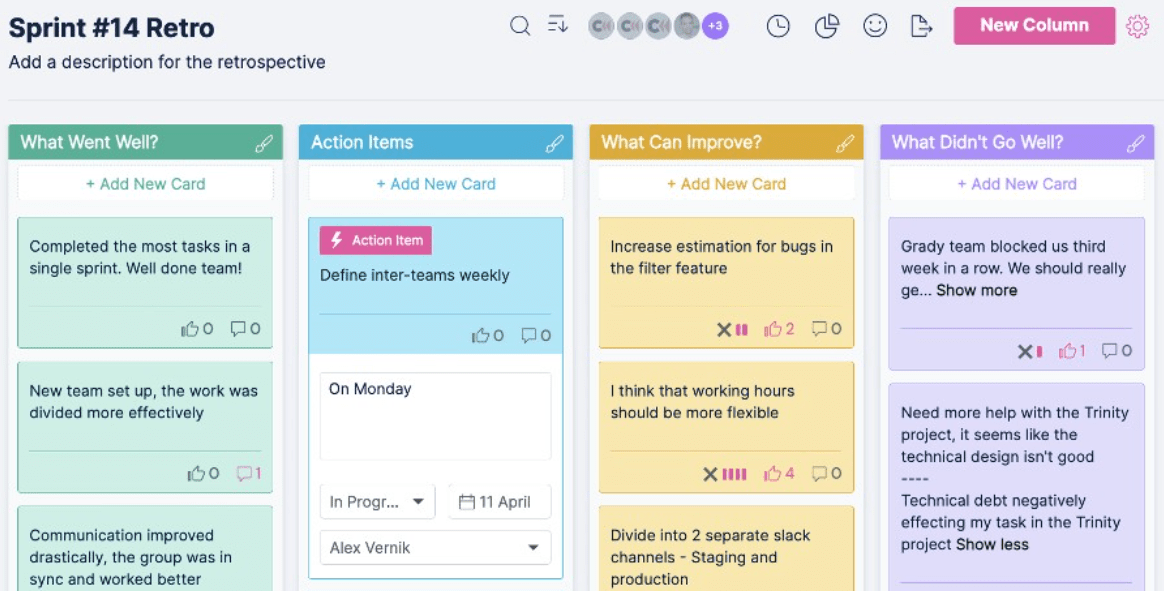
Sprint Boards
Sprint Boards is one of the top retrospective tools. It offers a user-friendly interface and customization options, making it easy for agile teams to review and rework their processes.
Sprint Boards also integrates well with other tools, allowing seamless collaboration among team members. This tool is particularly useful for distributed teams who need a reliable platform for planning, managing, and executing their projects.
With Sprint Boards, Scrum Masters can easily analyze workflow, evaluate performance, and optimize processes to achieve continuous improvement. Whether you’re using Jira or working remotely, Sprint Boards provides an efficient solution for conducting sprint retrospectives.
Conclusion: The Benefits of Using Retropective Tools for Process Improvement
Using retrospective tools can greatly benefit teams in improving their processes. These tools provide a user-friendly interface, customization options, integration with other tools, and collaboration features.
By utilizing these top 10 retrospective tools, such as ClickUp and EasyRetro, teams can enhance their project management, software development, and agile practices for better review and rework processes.
Frequently Asked Questions
What is a retrospective tool?
A retrospective tool is software that helps teams review and improve their processes by facilitating discussions, collecting feedback, and tracking action items.
How can retrospective tools benefit my team?
Retrospective tools can help your team identify what is working well and what needs improvement in your processes. They provide a structured framework for reflection, collaboration, and continuous learning.
Are these retrospective tools easy to use?
Yes, most of the best retrospective tools are designed to be user-friendly with intuitive interfaces and simple navigation. They typically require minimal technical knowledge to get started.
Can I try out multiple retrospective tools before deciding which one to use?
Yes, many retrospective tools offer free trials or have free versions available for you to test out before making a decision on which tool works best for your team’s needs.
Are these retrospetive tools compatible with different types of project management methodologies?
Yes, most of the top retrospective tools are flexible enough to work with various project management methodologies such as Agile, Scrum, Kanban, Waterfall, etc., allowing teams from different industries or workflows to benefit from using them.
Author
-
Anisha Jain, a dynamic professional in the sports SaaS industry, transitioned from economics to digital marketing, driven by her passion for content writing. Her tenure at TBC Consulting culminated in her role as CEO, where she honed her skills in digital strategy, branding, copywriting, and team management. Anisha's expertise encompasses various aspects of digital marketing, including 360-degree marketing, digital growth consulting, client communication, and business development, making her a versatile asset in the SaaS domain.
View all posts





